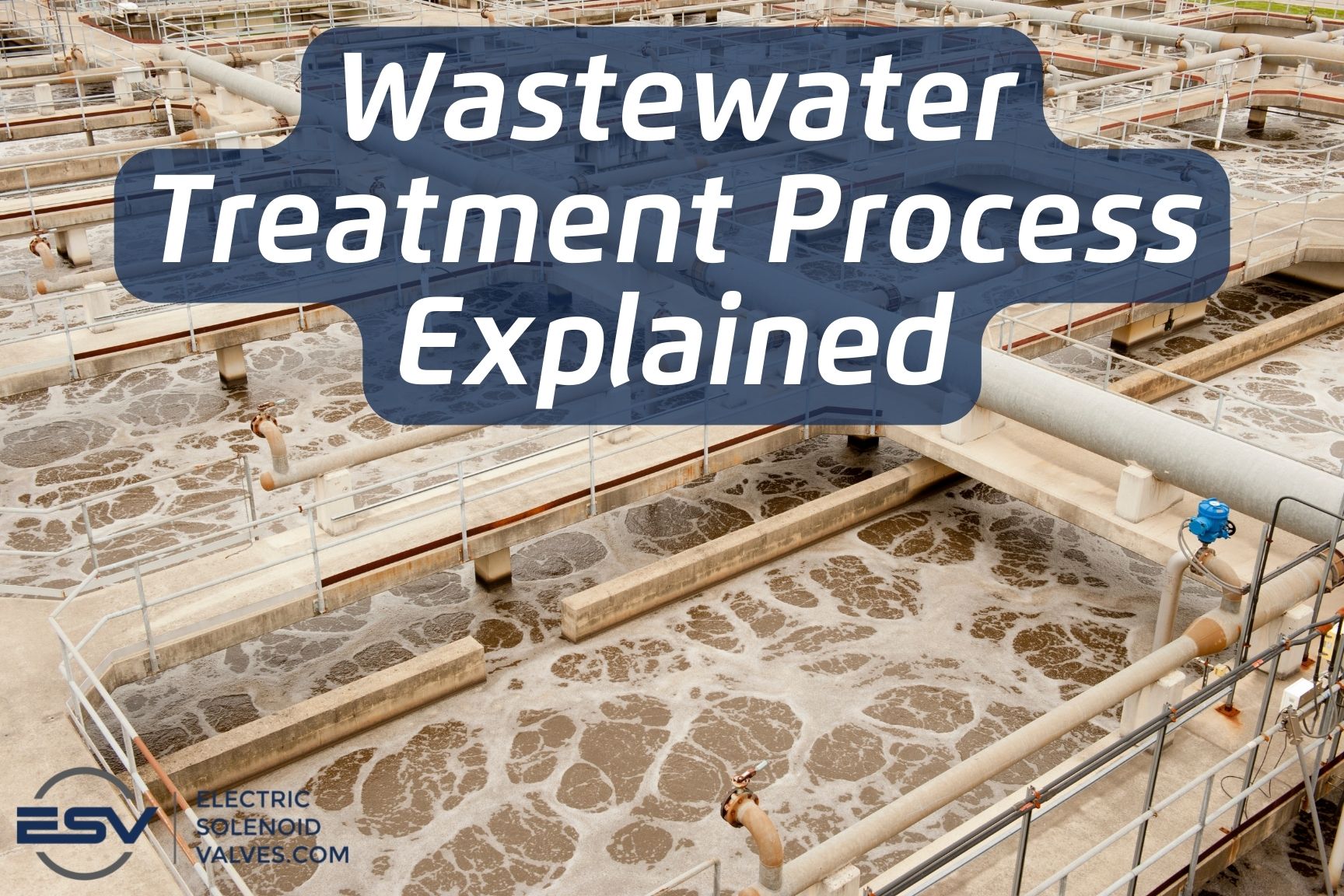Comprehensive Guide to Hazardous Waste Water Treatment Procedures
Wiki Article
Strategic Approaches to Improve Drainage Treatment Effectiveness and Lessen Ecological Impact
In the realm of waste water therapy, the pursuit for enhanced performance and lowered environmental impact is a continuous obstacle that requires strategic solutions. As culture faces the critical to manage water resources sustainably, a nuanced strategy ends up being crucial. The assimilation of advanced therapy modern technologies, energy-efficient processes, resource healing strategies, improved nutrient elimination techniques, and smart monitoring and control systems stands for a complex structure for dealing with these pressing problems. What exists at the core of this complex web of strategies is the potential to reinvent the way we approach waste water treatment, not just as a process of disposal, however as an important opportunity for development and environmental stewardship.Advanced Therapy Technologies
Sophisticated membrane layer filtering systems have reinvented advanced wastewater therapy procedures, significantly improving the elimination of pollutants. These ingenious systems work forcibly water with a semi-permeable membrane layer, effectively dividing pollutants from the water stream. The membrane layer's tiny pores trap toxins such as bacteria, viruses, and suspended solids, enabling only purified water to go through. This modern technology has verified to be very efficient in eliminating a variety of impurities, consisting of drugs, heavy steels, and organic substances, which are commonly challenging to remove via traditional treatment approaches.In addition, membrane layer purification systems provide numerous benefits over traditional therapy techniques. Furthermore, these systems are extremely functional and can be quickly incorporated right into existing treatment plants or utilized as standalone units for decentralized applications.
Energy-Efficient Processes
The assimilation of energy-efficient procedures in wastewater therapy systems is essential for optimizing resource utilization and reducing functional expenses. By carrying out energy-efficient innovations, therapy plants can significantly decrease their carbon impact and general ecological influence. One key technique to enhancing energy effectiveness in wastewater therapy is the usage of sophisticated aeration systems, such as great bubble diffusers or surface aerators, which can enhance oxygen transfer efficiency and lower power consumption. Furthermore, incorporating power recovery systems, like anaerobic food digestion for biogas manufacturing or making use of excess warmth for thermal procedures, can help counter power demands and promote sustainability.In addition, optimizing procedure control and automation through using innovative sensors and checking systems can enhance total power effectiveness by changing operations in real-time based upon actual need and conditions. Applying energy audits and on a regular basis keeping track of power performance indications are vital techniques to determine areas for renovation and track energy-saving initiatives properly. In general, the fostering of energy-efficient procedures in wastewater treatment not just benefits the setting yet additionally adds to long-lasting expense savings and operational sustainability.
Source Healing Methods
With an emphasis on enhancing resource use and sustainability in wastewater therapy systems, the implementation of source healing techniques becomes an essential element in improving functional effectiveness. Resource healing strategies in wastewater therapy include the recognition and extraction of valuable sources from the waste stream, therefore turning what was once taken into consideration waste right into a valuable property. By applying resource recovery strategies such as nutrient elimination and recovery, energy generation from raw material, and the production of multiple-use water, wastewater treatment plants can lessen ecological influence while making best use of effectiveness.
Enhanced Nutrient Elimination Methods
Executing innovative nutrient elimination methods is crucial for maximizing the performance of wastewater therapy systems. One of the essential methods utilized for boosted nutrient removal is the procedure of organic nutrient elimination (BNR), which involves the removal of nitrogen and phosphorus with organic procedures.
In addition to BNR, progressed therapy methods such as membrane layer bioreactors (MBRs) and constructed wetlands can likewise be used to boost nutrient elimination efficiency. MBRs use membranes to attain premium effluent criteria by efficiently eliminating nutrients and suspended solids. Built marshes imitate natural wetland processes to remove nutrients via plant uptake, microbial task, and sedimentation. By including these innovative nutrient elimination techniques into wastewater therapy districts, markets and systems can effectively decrease nutrient pollution and secure the atmosphere.
Smart Tracking and Control Systems
Making use of sophisticated modern technology, the assimilation of smart tracking and control systems revolutionizes the operational effectiveness of wastewater treatment centers. These systems include advanced sensing units and data analytics to constantly keep track of essential parameters such as pH levels, turbidity, dissolved oxygen, and circulation prices in real-time. By collecting and analyzing this information, operators can obtain beneficial understandings into the performance of the treatment procedures, making it possible for proactive changes to maximize treatment performance.Smart surveillance and control systems additionally support remote surveillance capacities, allowing drivers to gain access to real-time information and control features from off-site areas. This remote access enhances functional flexibility and responsiveness, enabling quick interventions in instance of system malfunctions or changes in influent high quality. Additionally, the predictive upkeep capacities of these systems assist protect against tools failings and reduce downtime, eventually enhancing the overall reliability of wastewater therapy procedures (Waste Water Treatment).
Verdict
Finally, strategic techniques such as advanced therapy technologies, energy-efficient processes, source recovery approaches, boosted nutrient removal methods, and smart surveillance and control systems play an essential duty in enhancing wastewater therapy performance and decreasing ecological influence. By implementing these techniques, wastewater therapy plants can boost their overall performance, reduce power intake, recoup beneficial sources, and guarantee conformity with ecological regulations. These strategies are essential for sustainable and efficient wastewater management practices.
In final thought, strategic techniques such as sophisticated therapy modern technologies, energy-efficient procedures, source healing methods, improved nutrient elimination techniques, and clever surveillance and control systems play an essential duty in enhancing wastewater treatment performance and minimizing environmental influence.
Report this wiki page